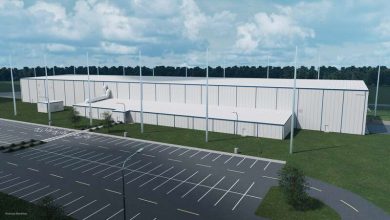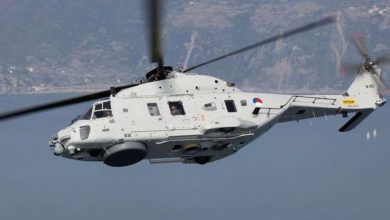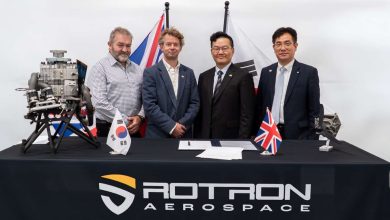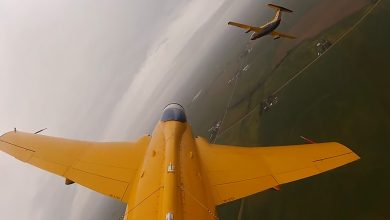Empowering Skies: Raytheon Technologies Launches Pilot Training for Afghan Air Force
U.S. Army Contract Worth Up to $145 Million
ORLANDO, Fla., May 12, 2020 /PRNewswire/ — The U.S. Army Contracting Command has chosen Raytheon Intelligence & Space, a division of Raytheon Technologies (NYSE: RTX), to provide pilot training for the Afghanistan Air Force under a substantial three-year contract valued at up to $145 million.
In this initiative, Raytheon will conduct initial flight training for the U.S. Army’s Program Executive Office for Simulation, Training and Instrumentation. Afghanistan Air Force students will undergo flight training in various third-party nations located in Europe and the Middle East. Raytheon is committed to delivering customized training that includes classroom instruction as well as fixed-wing and rotary aircraft training.
“Raytheon training experts are instrumental in shaping a pipeline of skilled pilots and officers for the Afghanistan Air Force,” stated Bob Williams, Vice President of Global Training Solutions at Raytheon Intelligence & Space. “Our program integrates cutting-edge training methodologies with a strong emphasis on individual mentorship, equipping officers to foster a secure future for Afghanistan.”
The pilot training program for the Afghanistan Air Force was initiated in 2010. Originally focused on basic flight proficiency, the mission has evolved to encompass advanced aircraft qualifications and high-level flight techniques. Raytheon’s dedication to mentorship and leadership development has enabled the program to maintain an impressive 93 percent graduation rate, ensuring that every student returns to Afghanistan ready to serve.
This pilot training program was awarded under the Enterprise Training Services Contract vehicle. Raytheon has also previously announced a related task order for an Aviation Maintenance Training program.







